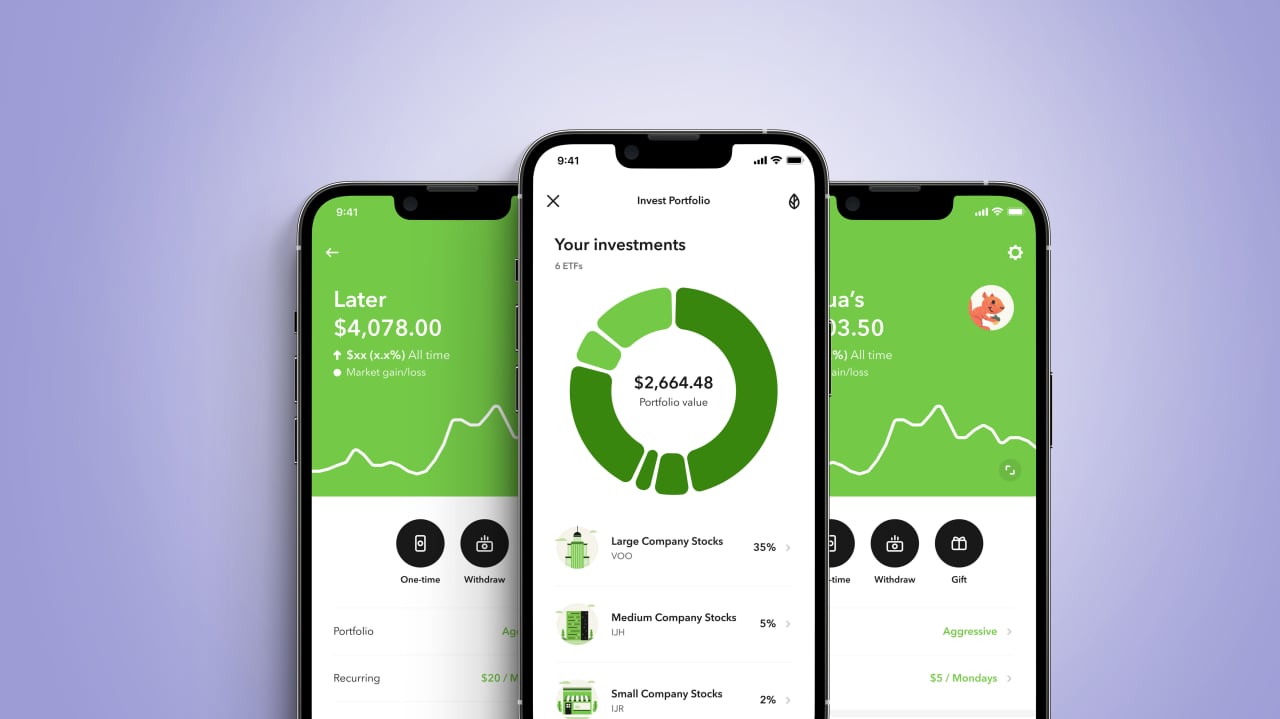One of Wall Street’s favorite recession indicators looks broken.
An anomaly known as an inverted yield curve, in which yields on short-term Treasurys exceed those of longer-term government debt, has long been taken as a nearly surefire signal that an economic pullback looms. In each of the previous eight U.S. downturns, that has happened before the economy sputtered. There haven’t been any glaring false alarms.
Now, though, that streak is threatened. The yield curve has been inverted for a record stretch—around 400 trading sessions or more by some measures—with no signs of a major slowdown. U.S. employers added a solid 175,000 jobs last month, and economic growth this quarter is expected to pick up from earlier in the year.
If a recession doesn’t materialize soon, it could do lasting damage to the yield curve’s status as a warning system, providing one of the most significant examples of how the fallout from the Covid-19 pandemic has upended longstanding assumptions on Wall Street about how markets and the economy function. Even if the past couple of years have been unusual, investors likely wouldn’t be as worried when another inversion occurs in the future.
“It’s not working,” said Ed Hyman, chairman of Evercore ISI. “So far, the economy is doing fine,” though he added that a recession could be just a little late in arriving this time.

Treasury yields, monthly
1-year bill
10-year note
6
%
RECESSION
5
4
3
2
1
0
2014
’20
’24
10-year Treasury yield minus
the 1-year yield, monthly
4
pct. pts.
RECESSION
2
0
INVERSIONS
–2
–4
1970
’80
’90
2000
’10
’20
Earning its reputation
There is a reason yield-curve inversions precede recessions.
Yields on Treasurys largely reflect investors’ expectations for what short-term interest rates set by the Federal Reserve will average over the life of a bond. When longer-term yields fall below short-term yields, it is a sign that investors expect the Fed to cut interest rates—something it often does to jump-start a faltering economy.
The near-mythical status of the inverted yield curve as a harbinger of downturns took time to develop. One of the first to put a spotlight on the link between inverted curves and recessions was Campbell Harvey, now a finance professor at Duke University, who published a dissertation on the subject in 1986.
Inverted yield curves were discussed on Wall Street and at the Fed in the 1990s but remained a relatively niche subject until after the 2008 financial crisis, Harvey said. Then people started taking stock of warning signs they had initially played down.
Data from Factiva supports that narrative, showing a huge increase in the number of news articles mentioning the yield curve when it inverted in 2019 compared with previous inversions.

News articles mentioning both
‘inverted yield curve’ and ‘recession’
200 articles
100
0
1990
2000
’10
’20
Reasons for doubt
Still, there have always been limitations to the yield curve as a forecasting tool.
An inverted curve indicates that investors expect rate cuts, but it doesn’t explain why they are making those wagers.
Bets on cuts could reflect some chance of a recession but also some probability of a benign scenario, with the Fed trimming rates as a precautionary measure even as growth remains stable.
Inversions have reflected differing circumstances over the years. In the early 1980s, the Fed was hardly trying to avoid a recession when it raised rates to nearly 20% to fight double-digit inflation.
In other cases, some economists believe that a recession could have been avoided had it not been for external shocks, such as the surge in oil prices when Iraq invaded Kuwait in 1990 or the Covid-19 pandemic in 2020.
SHARE YOUR THOUGHTS
Is there still value in the idea that an inverted Treasury yield curve can predict a recession? Join the conversation below.
In the current situation, a recession has at times seemed likely. Forecasts for a downturn surged in 2022 as inflation kept climbing and the Fed started raising rates aggressively.
Still, some economists remained confident that a recession could be avoided. Inflation, they argued, could fall at least part of the way to the Fed’s 2% target on its own as businesses recovered from the pandemic and were able to boost output to meet customer demand again. Interest-rate increases were still needed but could be reversed before the economy slowed too much.
Since then, inflation has fallen sharply with only a small uptick in the unemployment rate. The prospect of rate cuts without a recession has cheered investors, helping lift the S&P 500 24% last year and a further 11% this year.
Harvey, the economist perhaps most associated with the inverted yield curve, has himself argued that the economy could avoid a recession this time.
“It is naive to think that you can just forecast the complex U.S. economy with a single measure from the bond market,” he said.
Pushing boundaries
There is no one definition of an inverted curve.
Investors on Wall Street tend to focus on the 2-year Treasury note and the 10-year note because those bonds get traded often. Some economists prefer to measure the 10-year yield against the 3-month or 1-year yield.
There is also the question of when to start a recession watch: Should it be when a part of the yield curve inverts for a day, or for longer than that?
By several measures, the current wait for a downturn is already pushing up against, or surpassing, any in recent history.
Since 1968, it has taken from nine to 24 months for a recession to materialize after the start of an inversion in which the 10-year yield fell below the 1-year yield for at least one month.
By that definition, the latest inversion is about to end its 23rd month. Yet from the start of the inversion through April, the economy has added far more jobs than any comparable period that followed an inversion.
Accumulated job growth and unemployment rate following yield-curve inversions

JOB GROWTH
6
million
2022
4
2006
1978
2
1989
1973
0
1980
2000
–2
1
12
24
UNEMPLOYMENT
10
%
1980
1973
8
1978
1989
6
2000
2006
4
2022
2
0
1
12
24
MonthS from start of inversion
Growing acceptance
There is little indication that the inversion will end soon.
Inversions have often ended shortly before recessions when rate cuts from the Fed came closer into view, leading to a big decline in short-term Treasury yields.
A few recent economic reports haven’t been as strong as expected. But it will take a lot more for investors to seriously bet on the yield curve un-inverting, given how poorly that wager has worked out over the past year-and-a-half, said Michael Lorizio, senior fixed-income trader at Manulife Investment Management.
“The curve inversion, especially earlier on in the cycle, played a major role in the psyche for investors,” he said. “But I do think now this has become kind of the new normal.”
Write to Sam Goldfarb at sam.goldfarb@wsj.com and Peter Santilli at peter.santilli@wsj.com
Copyright ©2024 Dow Jones & Company, Inc. All Rights Reserved. 87990cbe856818d5eddac44c7b1cdeb8
Appeared in the May 29, 2024, print edition as 'Inverted Yield Curve Flags as a Slump Omen'.

































